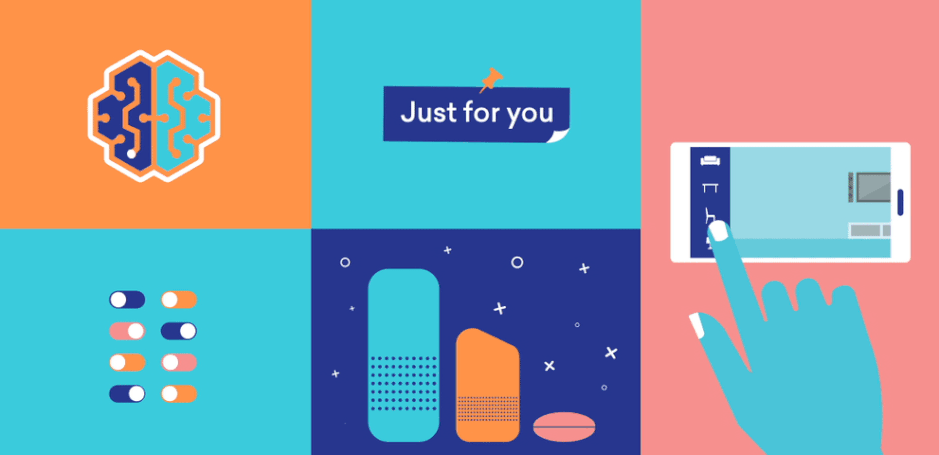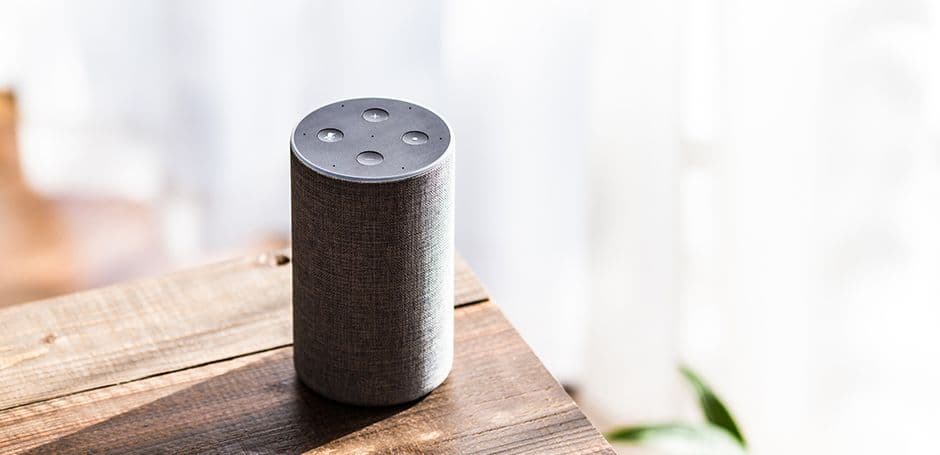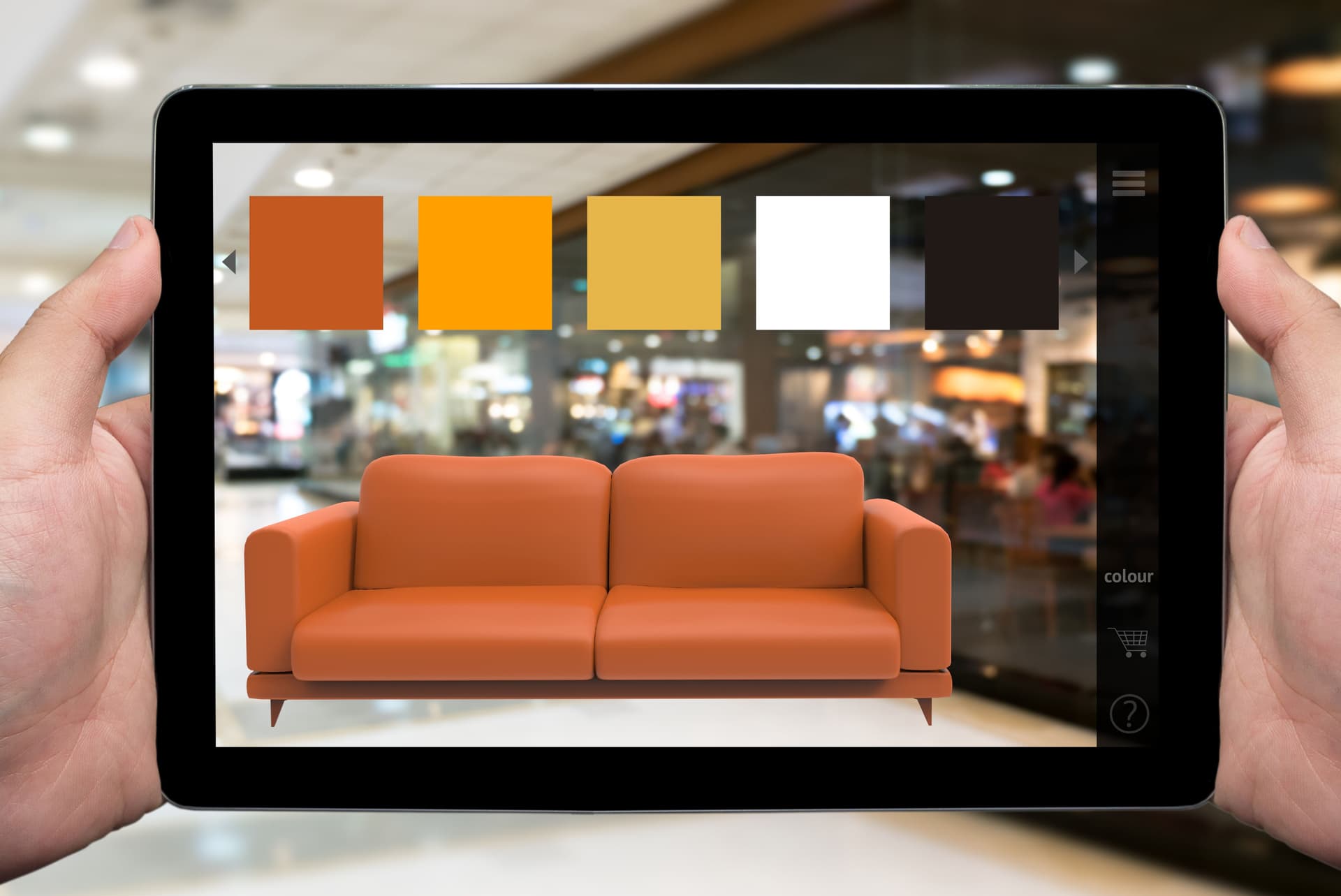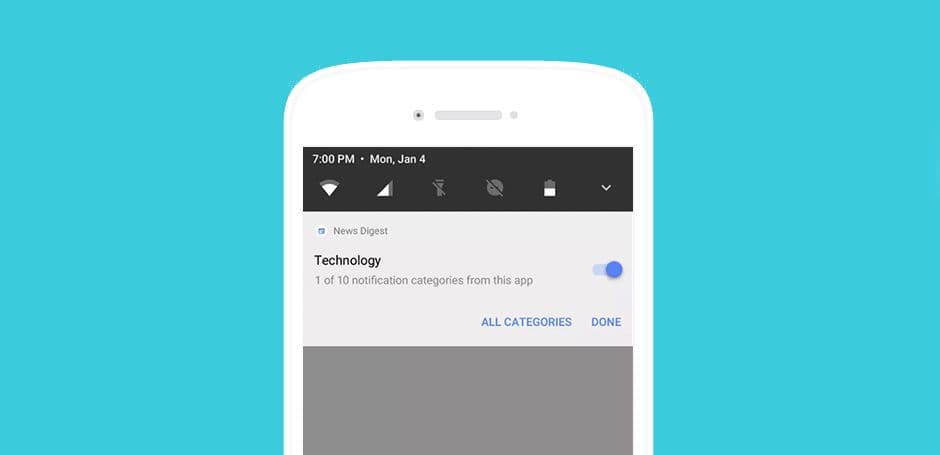The 5 Hottest Marketing Trends of 2017
Published on December 22, 2017/Last edited on December 22, 2017/6 min read


Team Braze
Man, oh man. If there’s one thing you can count on in tech from year to year—it’s the unexpected. In 2017, we saw a ton of new devices and operating systems pop up, along with a few noteworthy upgrades and timely reveals. How exciting! And if you’re anything like us, you’re always on the edge of your seat waiting to see how it all pans out. Well, it’s the end of the year, and there’s no better time to check in on what worked than right now.
Let’s take a few moments to reflect on the best of the best, and see how everything turned out for marketers this past year.
1. The Smart Speaker Boom

“Alexa, what’s the weather like today?” It’s a question that’s grown more common than you might think. That’s because virtual assistants have become a regular in everyday home and office spaces, thanks to this year’s big smart speaker trend.
For smart speaker manufacturers, business is booming. Consumer Intelligence Research Partners states that the market for these devices has nearly tripled since last year—and it’s only just begun. A stark rise in consumer interest and aggressive promotion are cited as the catalysts for this growth. They report that a total of 27 million smart speaker units have been sold and installed across the U.S., with 70% of these units being the Amazon Echo.
The market also said hello to a new competitor this year: the Apple HomePod. There were also a slew of exciting updates made to existing models. For instance, Google Home can now tell people apart by the sound of their voices. It’s also expanded its messaging to include brand notifications. Amazon now supports third-party notifications on Echo, making it possible for brands to communicate with consumers via its popular assistant, Alexa.
And there’s a lot more to come. The good folks at Forrester predict that the installed base of smart home devices in the U.S. will reach 244 million in 2022, with Amazon Echo continuing to lead the race. Expect lots more activity happening as the trend continues to progress.
2. Personalized Experiences (literally, everywhere!)

From Coke bottles to email subject lines, you can find your name appearing in more places than ever before. More and more brands have stepped up their personalization game to appeal to more specific interests and goals. Services like Netflix and Amazon have become known for generating personalized recommendations based on previous purchases and known preferences. Popular brands like Glossier are meeting their customers on mobile with a fresh, one-on-one approach. Their shoppers even indulge in getting shade-specific beauty advice via FaceTime.
And when you think about it—why wouldn’t this be the case? 83% of consumers reported that they expect brand to deliver individually customized experiences. That means that brands that haven’t caught up to doing this are missing a huge opportunity to connect with their audiences.
And brands aren’t the only ones waking up to smell the coffee. Mobile providers are moving to inspire more personalized experiences as well. The just-released Android Oreo operating system allows users to take control over the type of messaging their receive. Now, they have the ability to categorize the messaging they receive based on personal preferences (see #4 for more info!).
3. Augmented Reality Goes Mainstream

iOS 11, Apple’s brand-new operating system, hit the scene this year, and brought with it the iOS ARKit. It’s ARKit is an augmented reality development framework that has become its own sort of playground for developers everywhere. Why? Because it allows them to place digital objects in the real world, giving end users the freedom to interact with these objects without any calibration on their end. It’s a seamless way for developers to blend the digital world with the real world, and create more immersive brand experiences for consumers.
It’s only been a few months since its release, but brands are already having fun with ARKit. Some are using it to add new functionality to their app experiences, while others are simply just trying to make everyday life a little more fun. Brands like Overstock and IKEA are using their apps to help people conceptualize new living spaces. Their AR-enhanced apps allow you to place virtual furniture into whatever space you’re in. Similarly, Edmunds’ app gives you the option of placing a virtual car in your real-life garage or driveway to see which models will fit. On the other end of the spectrum, GIPHY World allows you to add popular gifs and meme images to real-world environments. Pretty cool, right?
4. Consumers Enjoy New Control Over Mobile Experiences

This fall’s release of Google’s Android Oreo and Apple’s iOS 11 operating systems brought significant changes to how mobile consumers experience brand communications. New limits on customer location tracking were added, making it more of a challenge for brands to gather information about their users’ locations and movements. In addition, Google introduced notification channels. These channels allow brands to separate out different kinds of push by subject, message type, etc. A brand can also customize each channel’s experience by sound, vibration patterns, and more.
In many ways, these releases threw a wrench into a lot of engagement strategies. Most marketers simply weren’t prepared for it. But like everything else—these changes are going to be what you make of them. If you’re curious on how to prepare for it all, watch our webinar for expert advice and best practices.
5. Artificial Intelligence Continues to Evolve

Artificial intelligence has been bubbling for a while now. But this year, we saw tech’s heavy hitters make great strides in continuing this movement forward. For example, Apple opened machine learning APIs for developers this year. These APIs makes it easier for them to integrate AI into everyday iOS experiences, leading the path to more immersive brand interaction. Google also introduced cloud-based AI systems for enterprises that allow them to add machine learning language to their apps. Common capabilities within these systems include understanding natural language and recognizing common images.
The Braze team also kept its strong commitment to innovation this year by rolling out new AI-led advancements to our dashboard. We’ve expanded our intelligence capabilities within Canvas, eliminating an extra layer of guesswork from your campaigns. We’ve updated Intelligent Delivery to quickly identify and automate which messaging channel your users are more likely to engage with. We’ve also updated our Intelligent Selection feature to automatically predict and distribute messaging amongst the top performing branch in a given Canvas on an ongoing basis.
Final Takeaway
Marketers, this is your time to reflect and explore. 2017 brought us a ton of new things to consider, and your success moving forward depends on what worked in the past. The more you know about these trends, the more confident you’ll be moving into 2018. But until then, happy holidays! We’ll see you next year. :)
Be Absolutely Engaging.™
Sign up for regular updates from Braze.
Related Content
View the Blog
The new inbox reality: How iOS changes are reshaping email marketing

Aparna Prasad

Experience optimization: Turning data insights into better journeys

Team Braze

December 2025 Bonfire Marketer of the Month: Jagex’s Emma Oliver
